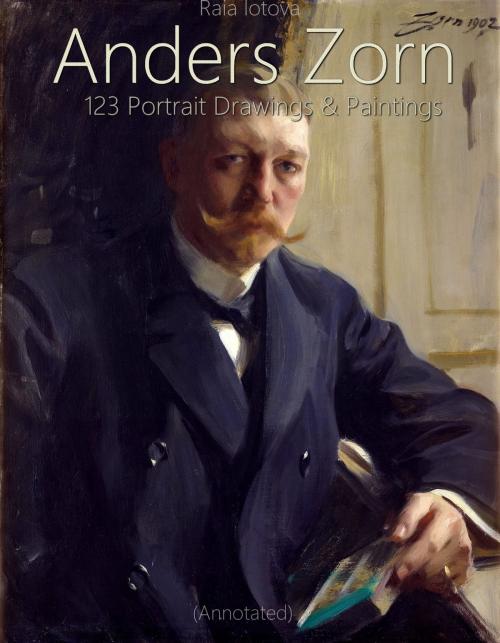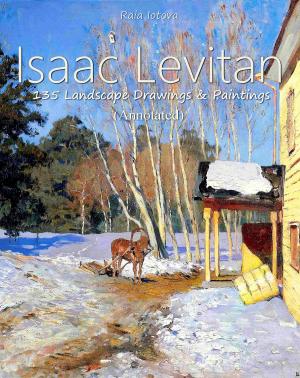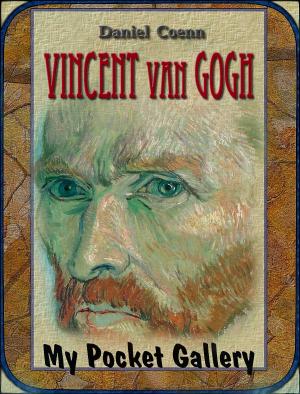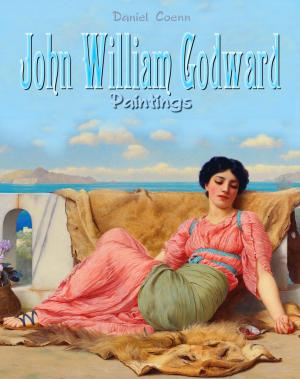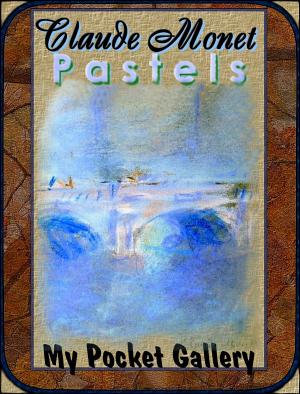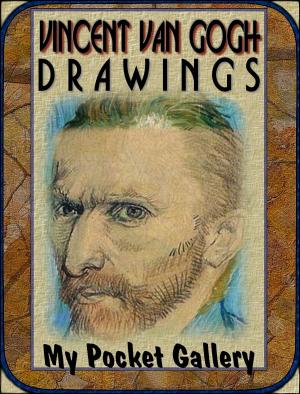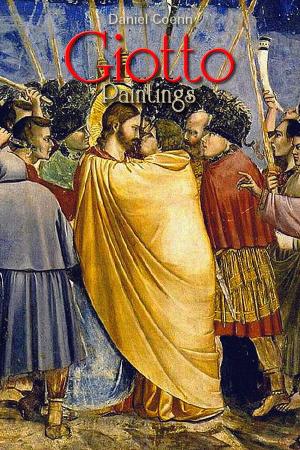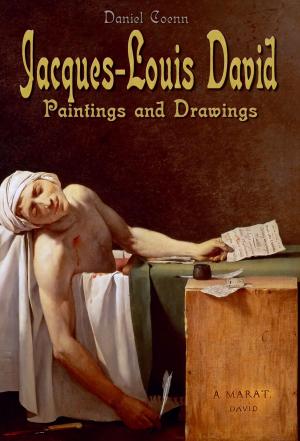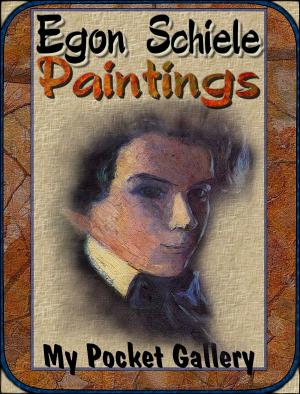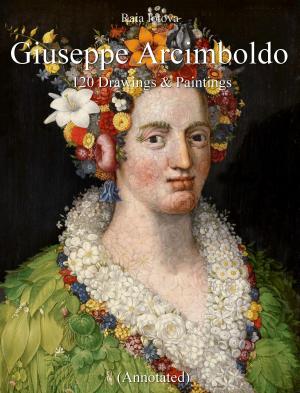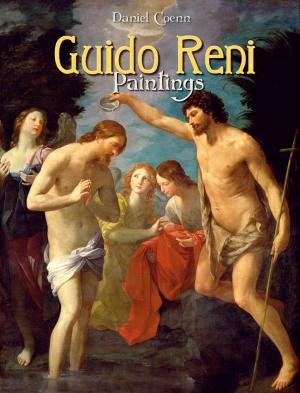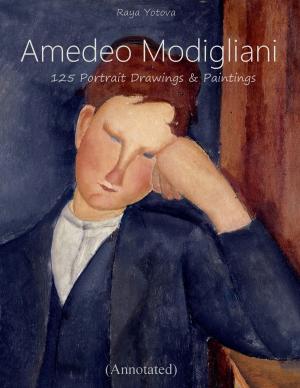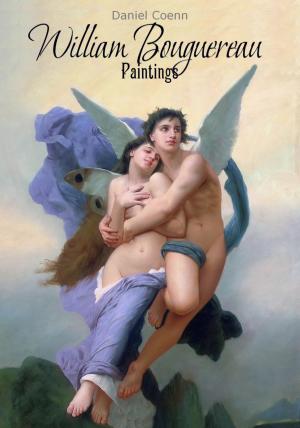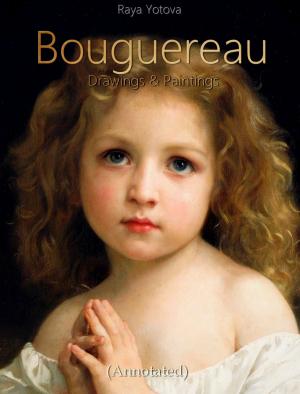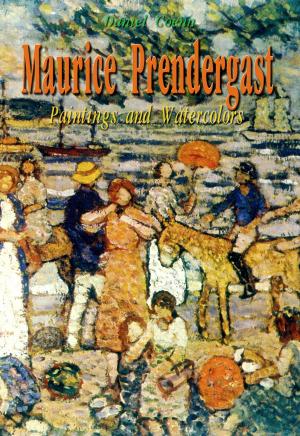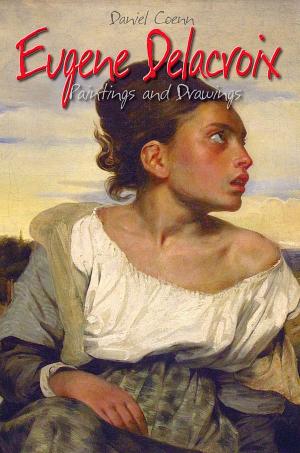Anders Zorn: 123 Portrait Drawings & Paintings (Annotated)
Biography & Memoir, Artists, Architects & Photographers, Nonfiction, Art & Architecture| Author: | Raia Iotova | ISBN: | 1230002574172 |
| Publisher: | Classic & Annotated | Publication: | September 26, 2018 |
| Imprint: | Language: | English |
| Author: | Raia Iotova |
| ISBN: | 1230002574172 |
| Publisher: | Classic & Annotated |
| Publication: | September 26, 2018 |
| Imprint: | |
| Language: | English |
Concise, essential and annotated by Raya Yotova, this Art Book contains annotated reproductions of Anders Zorn portrait drawings, prints and paintings, date and interesting facts page below.
Anders Leonard Zorn was born in Yvraden, a hamlet in the village of Utmeland in the parish of Mora, Dalarna, and was raised on his grandparents' farm in Yvraden. He studied until the age of twelve in the school at Mora Strand before progressing in the autumn of 1872 to a secondary grammar school in Enkoping.
From 1875–1880 Zorn studied at Royal Swedish Academy of Arts in Stockholm, Sweden. He traveled extensively to London, Paris, the Balkans, Spain, Italy and the United States, becoming an international success as one of the most acclaimed painters of his era. While his early works were often brilliant, luminous watercolors, by 1887 he had switched firmly to oils.
In 1886, Anders Zorn and his wife Emma had bought land close to Mora church and here they moved a cottage from his maternal grandfather's farm. When Anders and Emma Zorn decided to return to Sweden after several years abroad, they began to enlarge the cottage. Zorngarden was completed in 1910.
In 1893, the Columbian World Fair was arranged in Chicago. Zorn was chosen as the superintendent of the Swedish art exhibition and travelled to the States. He stayed for almost a year. This trip to the USA, the first of seven, was very important for him. Zorn enjoyed the American lifestyle and felt at home there. This first trip to the States was also of great importance for his art. Subsequent visits to the USA were in 1896-1897, and 1898-1899, 1900-1901, 1903-1904, 1907, and 1911. He generally travelled during the fall, winter and spring. The 1907 trip was primarily for pleasure, but the others included a large number of paintings, mostly portraits. Naturally, the high points were the commissions to portray American presidents. One of the benefits of the presidential portraits was the number of commissions that Zorn received in the USA.
Beginning in 1910, Zorn focused on developing his control of the technique and motif. He accomplished this with such certainty that the process of painting can assume the dominant role, sometimes to the detriment of the work's emotional expression.
Zorn's health deteriorated markedly during his last years. He died on August 22, 1920. The funeral was conducted by Archbishop Nathan Soderblom and attended among others by representatives of the Swedish royal family and many cultural personalities. He is buried in Mora Cemetery.
Concise, essential and annotated by Raya Yotova, this Art Book contains annotated reproductions of Anders Zorn portrait drawings, prints and paintings, date and interesting facts page below.
Anders Leonard Zorn was born in Yvraden, a hamlet in the village of Utmeland in the parish of Mora, Dalarna, and was raised on his grandparents' farm in Yvraden. He studied until the age of twelve in the school at Mora Strand before progressing in the autumn of 1872 to a secondary grammar school in Enkoping.
From 1875–1880 Zorn studied at Royal Swedish Academy of Arts in Stockholm, Sweden. He traveled extensively to London, Paris, the Balkans, Spain, Italy and the United States, becoming an international success as one of the most acclaimed painters of his era. While his early works were often brilliant, luminous watercolors, by 1887 he had switched firmly to oils.
In 1886, Anders Zorn and his wife Emma had bought land close to Mora church and here they moved a cottage from his maternal grandfather's farm. When Anders and Emma Zorn decided to return to Sweden after several years abroad, they began to enlarge the cottage. Zorngarden was completed in 1910.
In 1893, the Columbian World Fair was arranged in Chicago. Zorn was chosen as the superintendent of the Swedish art exhibition and travelled to the States. He stayed for almost a year. This trip to the USA, the first of seven, was very important for him. Zorn enjoyed the American lifestyle and felt at home there. This first trip to the States was also of great importance for his art. Subsequent visits to the USA were in 1896-1897, and 1898-1899, 1900-1901, 1903-1904, 1907, and 1911. He generally travelled during the fall, winter and spring. The 1907 trip was primarily for pleasure, but the others included a large number of paintings, mostly portraits. Naturally, the high points were the commissions to portray American presidents. One of the benefits of the presidential portraits was the number of commissions that Zorn received in the USA.
Beginning in 1910, Zorn focused on developing his control of the technique and motif. He accomplished this with such certainty that the process of painting can assume the dominant role, sometimes to the detriment of the work's emotional expression.
Zorn's health deteriorated markedly during his last years. He died on August 22, 1920. The funeral was conducted by Archbishop Nathan Soderblom and attended among others by representatives of the Swedish royal family and many cultural personalities. He is buried in Mora Cemetery.
